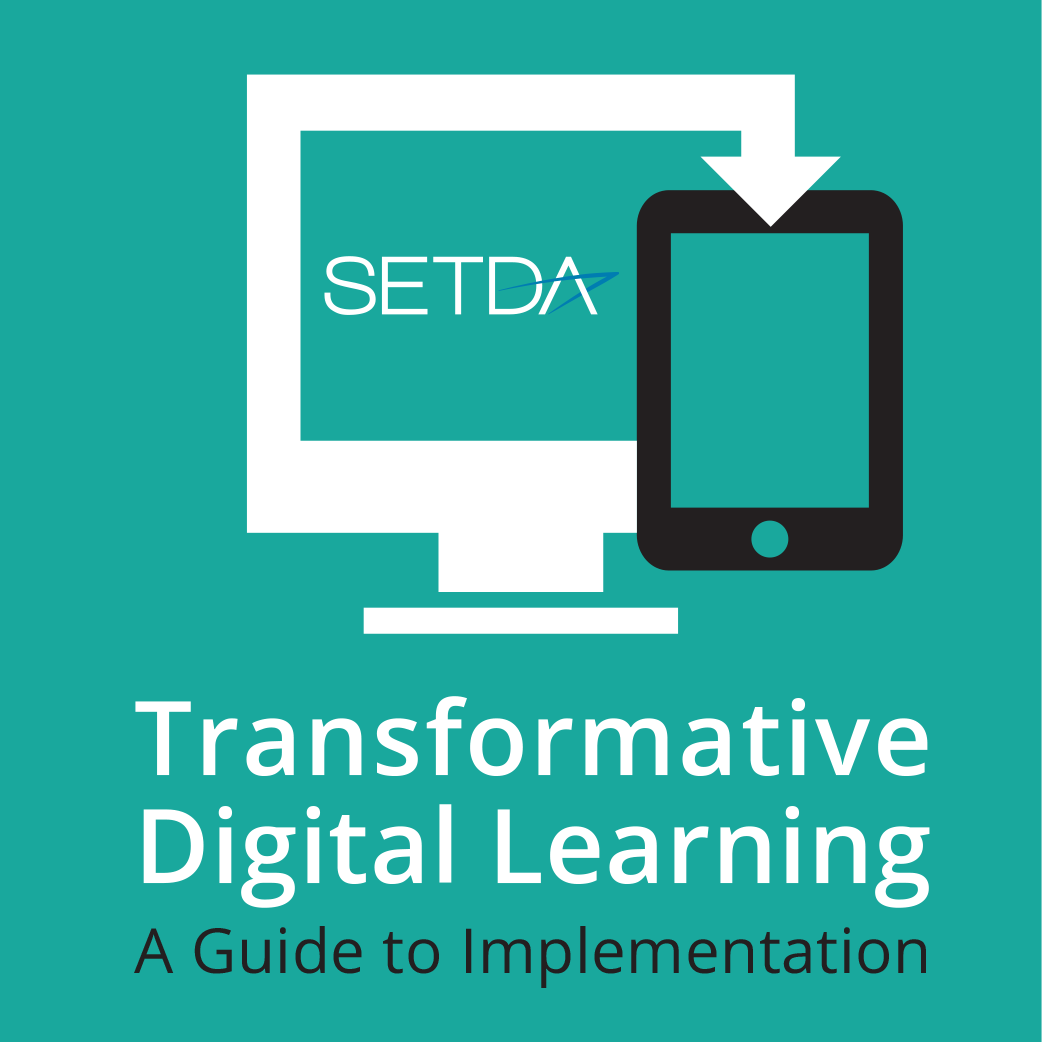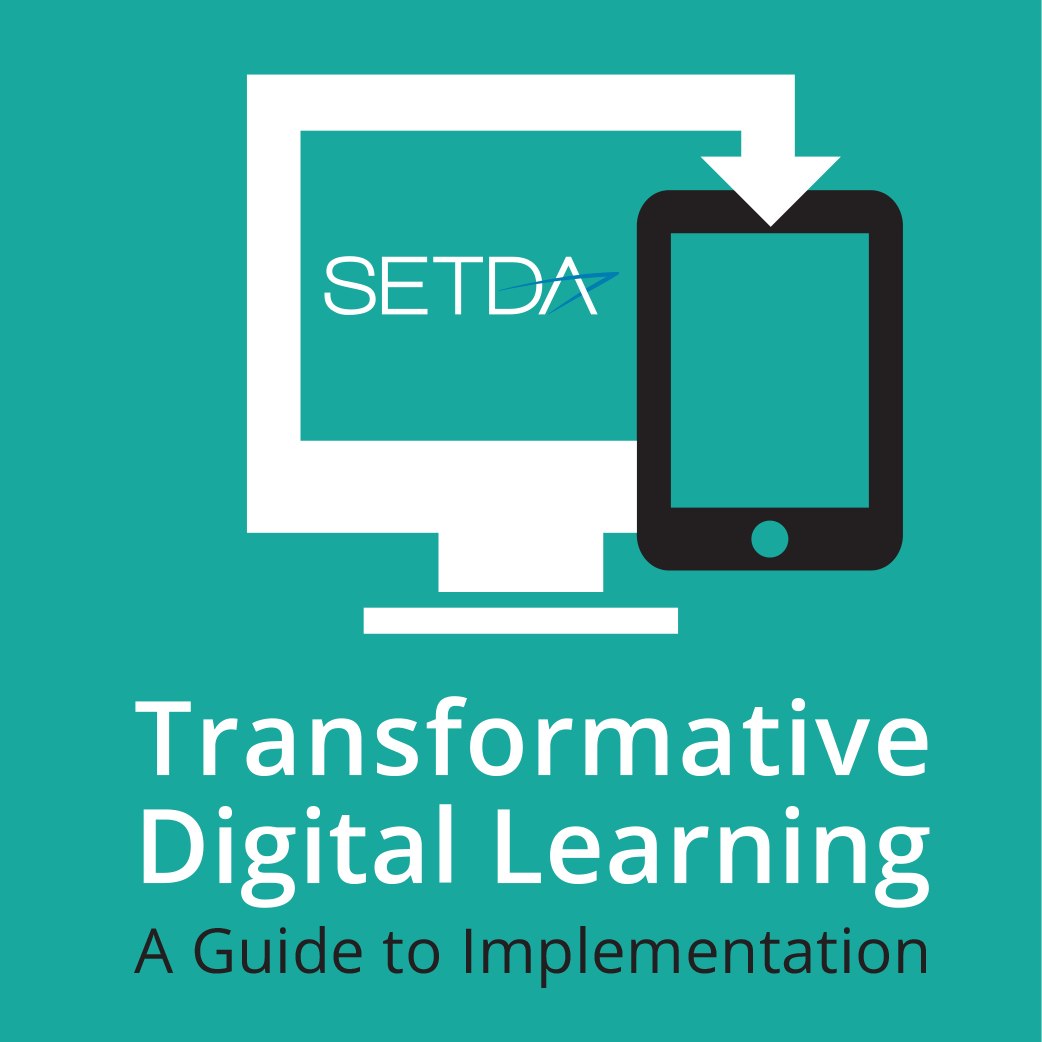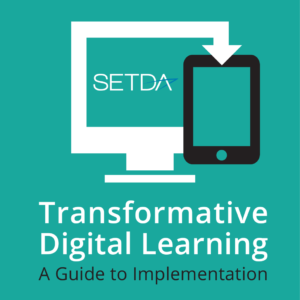


Transformative Digital Learning
Devices
Choosing the correct device is critical to the success of a digital learning environment. As with any planning process, it is crucial to understand the baseline implementation to effectively prepare for the future, and this is especially true when planning for digital devices. During the planning process, districts typically look at the demographics, achievement and technology skills of the students and teachers, the teachers’ professional learning history and their general comfort with using technology to meet individual needs. Clearly defined district needs from the planning process can help to identify the best devices to access the content and applications required to meet program goals. A district may be focusing on a variety of needs ranging from increasing student achievement to decreasing discipline issues to shifting learning to a project-based approach and each of these areas may impact device-purchasing decisions.
Schools and districts vary in their approach to deployment of devices depending on budget considerations and needs assessments. Identifying the most appropriate new devices can be challenging, but it is a critical element of the planning process. There are multiple options available including tablets, laptops, cloud based devices, eReaders and smartphones. Because technology is continually evolving, it is important for leaders to keep abreast of the field. Key considerations leaders should consider include:
- Assessing the professional learning needs for teachers and students for implementation of digital learning instruction.
- Analyzing the impact of the various device options and the number of planned devices on the networks, broadband and Wi-Fi systems.
- Comparing the direct device costs and costs for digital applications and resources, as well as the cost for tech support plan options.
BYOD Considerations
From the Field
“Decisions about student device selection should stem first from the academic learning goals and include considerations related to educator effectiveness, budget and technology support. It is not about the device, it is about how the device will support the learning.” – Alex Macdonald, Idaho Department of Education

About This Project
-

Transformative Digital Learning: A Guide to Implementation
About this Project In collaboration with multiple education organizations and with state leaders, SETDA developed professional learning resources for states to build state-level capacity as they transition to digital learning. The project includes a set of professional learning resources, known as facilitator guides, for states and districts to use to host statewide and/or regional convenings […]

